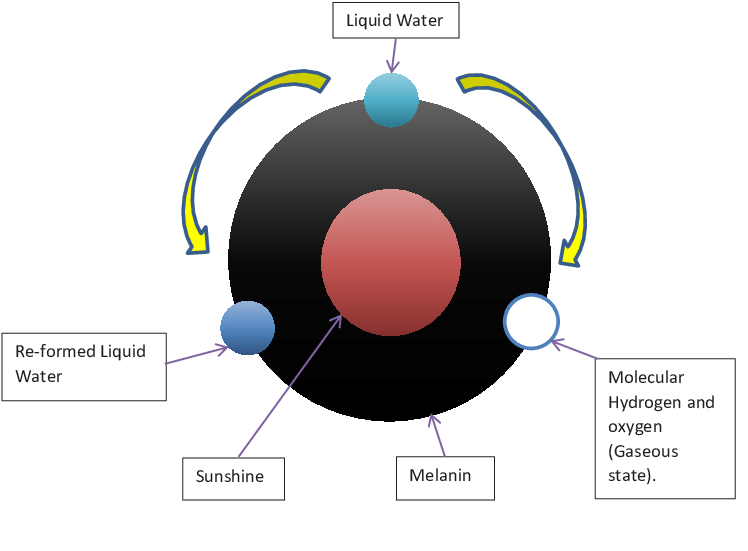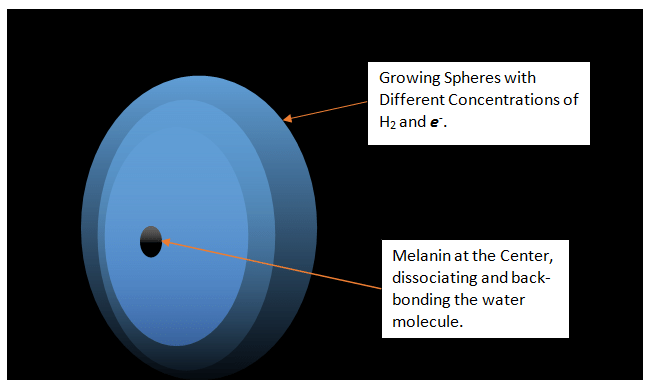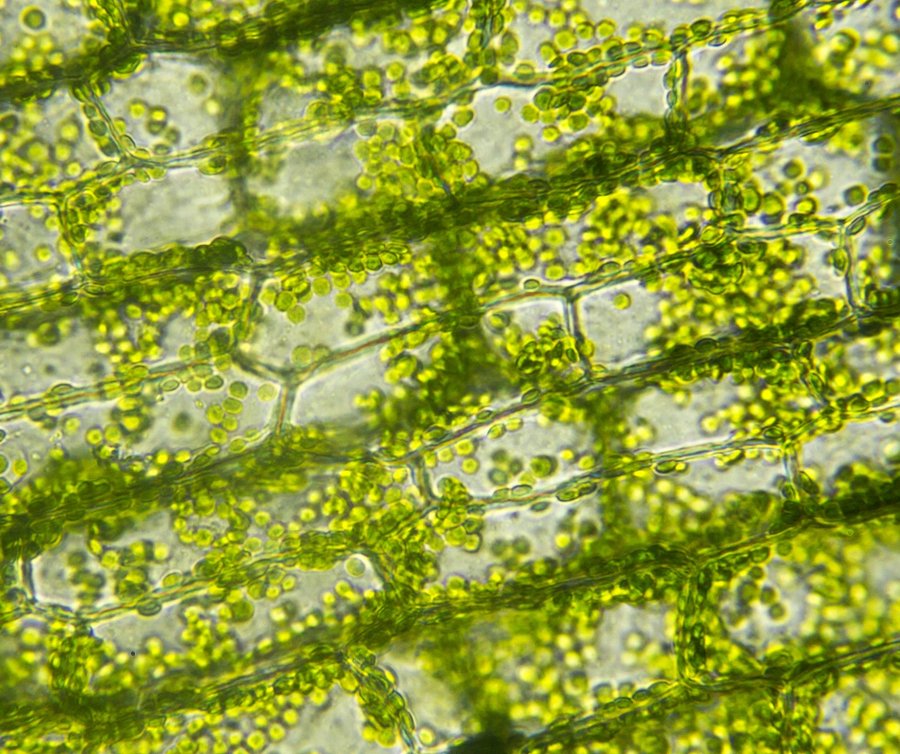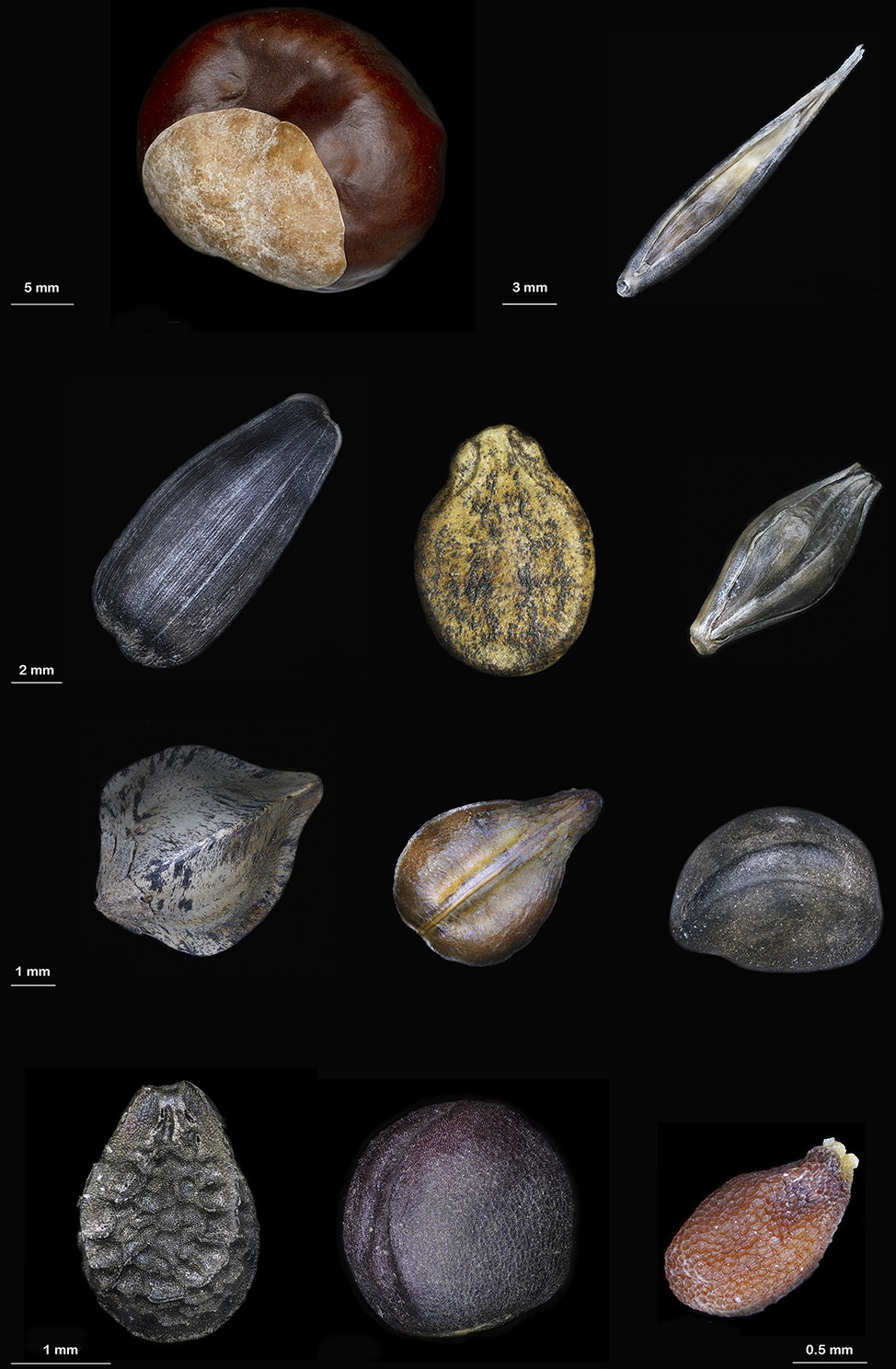Bioenergetic Melanin
Traditionally seen purely as a sunscreen, melanin has a far more important role in bioenergetics. It efficiently breaks down water into hydrogen (a universal antioxidant), oxygen, and (4) usable electrons -challenging the assumed role of chlorophyll as the sole photosynthesizer.
Fully absorbent
Melanin's pitch-black color allows it to absorb the entire light spectrum, outshining even chlorophyll in its ability to utilize photons. Melanin can also reassociate the water molecule. This may then help explain how living organisms existed prior to the development of ATP.
Melanin in animals
Painted turtles are able to hibernate in freezing conditions by relying, in part, on melanin located atop their shell. The ability of melanin to disassociate water can help to explain how these organisms survive in the absence of glucose and oxygen for long periods of time.
Melanin in seeds
Many seeds are also coated in melanin which helps to kickstart their metabolic function when exposed to water. This would again provide energy in low oxygen/glucose environments.
Dermal melanin
The melanin content in people who live at lower latitudes is not only protective of excess UV light but to also serves as a secondary energy source due to the plentiful light that exists year round. Higher latitudes do not lend to large amounts of melanin in the skin.
Melanin in the brain
Melanin is also found deep in the body, including the substantia nigra ("black substance") of the brain and even bone marrow. If melanin was just a sunscreen, why would it be found in these locations? The answer is that it is required to support metabolic function in these areas.
Melanin as a supplemental energy source
Although we are mostly ATP-dependent, supplemental energy from melanin is a welcome addition to support our metabolic needs. This is especially the case for when glucose/oxygen may be lacking and/or when sunlight is abundant.
Important nutrients
Important nutrients/factors to that contribute to melanin synthesis:
-UV light (including indirect eye exposure)
-Tyrosine
-Vitamin C
-Copper
-Folate









